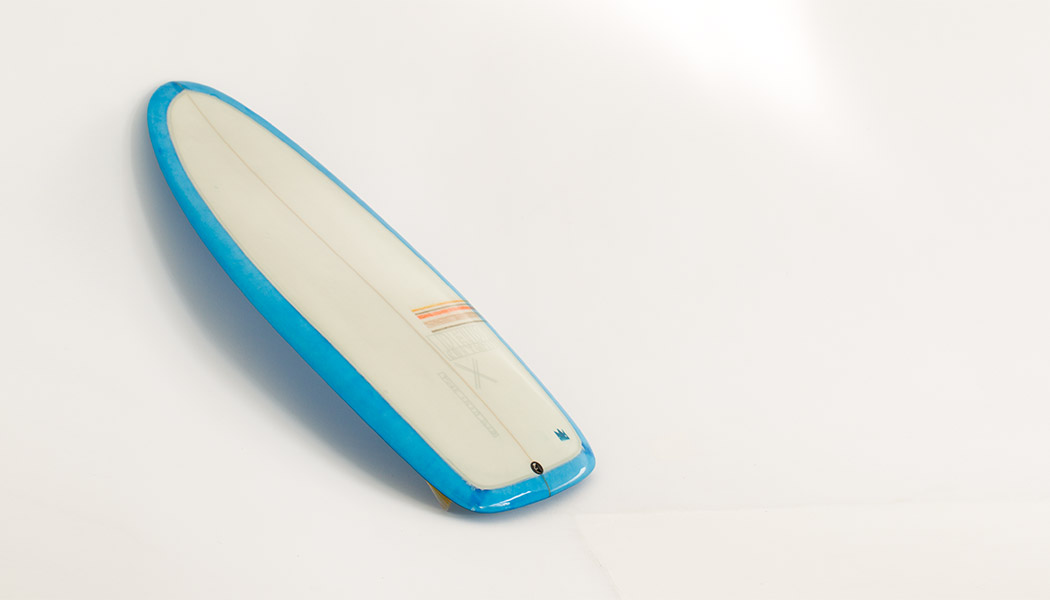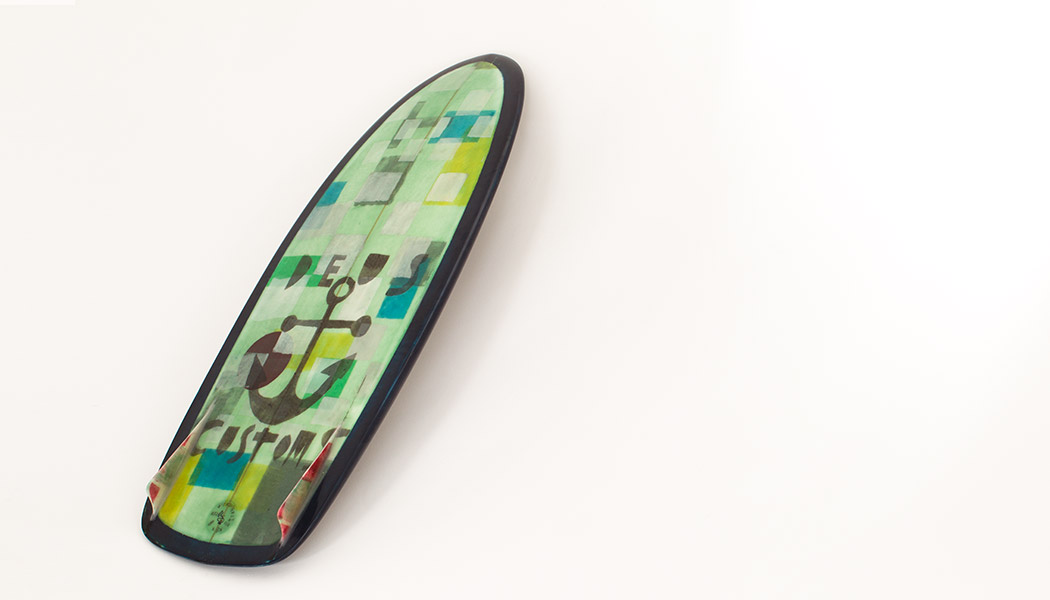Sometimes you don’t even need to stand up . . . Drew Corridore gets to grips with belly boards. Photos by Tom Dawkins.
There’s more to surfing than finding a good wave, making the drop, standing up for your first cutback … going for a huey-sponsored cruise. Sometimes you don’t even have to stand up … and some reckon this gets you closer to the action, closer to the face, closer to mother ocean …
The ancient Hawaiians first developed “pipo” boards – short surfboards made from solid timber – upon which they lay down (knelt, maybe) and took on the mighty breaks pounding that island chain.
They were the ancestors of “The Big Kahuna” – Duke (his given name) Kahanamoku – the father of “modern” surfing, who rode long boards (sometimes unkindly referred to as “planks” these days), also made from solid timber, that he crafted himself. But (often) sans the fin which gives a board a modicum of controllability. The Duke brought the art of surfing to a world that, until he came along, was confined to the Hawaiian Islands.
Along came Bob Simmons (1919-1954) who thought it was a good idea not to be completely out of control when careering down the face of a wave – especially one that broke onto a razor-sharp reef – and, so, came up with the idea of adding a fin on the underside at the back of the board. A revolution that made the sport/lifestyle accessible to lesser mortals than The Big Kahuna – who was also an Olympic swimmer, amongst other things.
But Simmons added another aspect to his surfboard-making – he shrunk the boards down to between four-and-a-half feet and five-and-a-half feet (surfers have yet to go metric – and rightfully so; it just doesn’t sound the same) … a return that resembled the original “pipo”. Boards were still crafted from solid timber though.
The so-called “mini-Simmons” is still a current incarnation of those boards.
… Jump-cut to the advent of fiberglass, Styrofoam, and Californian, George Greenough – who took the art of riding Simmons-style short boards to new heights. And refining the art of how to make ‘em.
Greenough is, arguably, the architect of the modern “belly board”. He developed the design to achieve the ability to be more and more “radical” on the face – to get closer to the curl, to get a heightened sense of speed … to get up close and personal with an unstoppable force.
Whether laying down or kneeling, these boards provided an alternative to stand-up surfing … an alternative that appealed to many – especially those who witnessed Greenough’s antics on a wave.
He also used his short boards to assist in his filming of the action in memorable surf movies, Endless Summer and Big Wednesday, among others.
Nowadays – as is the wont of extreme sports practitioners – there are surfers who stand up on belly boards … just because they can.
And on Bali, if you wish to have a go at short-board surfing, you can get a board that is made locally by Deus Ex Machina.
Bugger Eat, Pray, Love … Lay, Kneel, Stand baby.








































